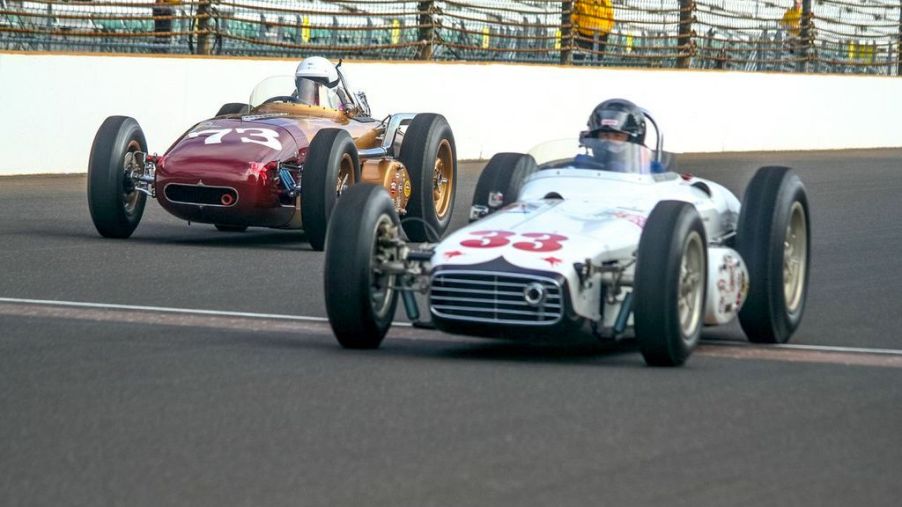
Watch: The Day I Drove A Vintage Indy Roadster Before the Indy 500 Race
This is Race Week at Indianapolis Motor Speedway, and there is alchemy in the air. Even those with only a passing interest in car racing, can’t define what it is about the Indy 500 that makes it more than special. And being able to actually run on the track in an Indy racecar, especially with a historic Indy racecar, is unforgettable. I was lucky to have been given that opportunity.
How did this Indy 500 opportunity happen?
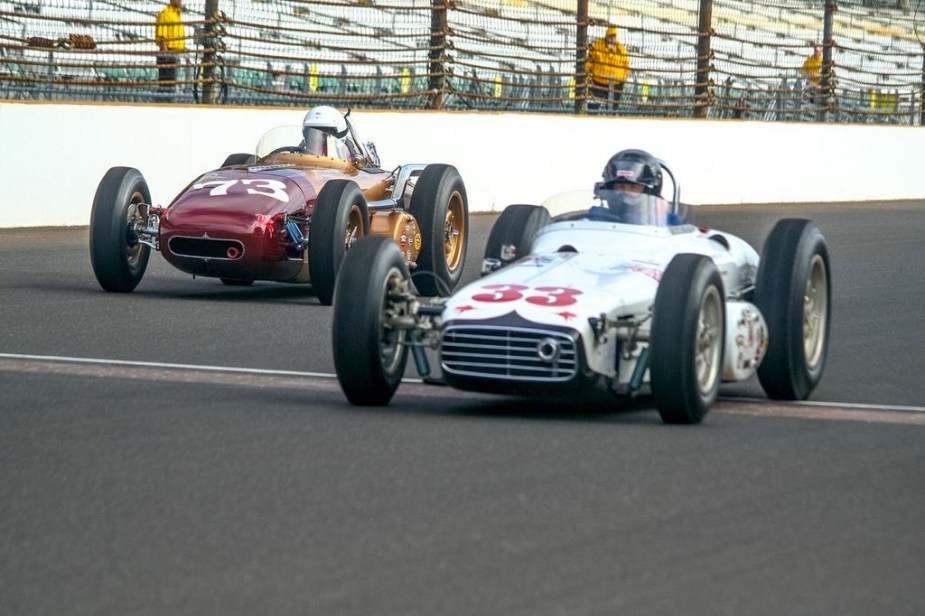
Before my esteemed employment with MotorBiscuit, I was at a publication that has plenty of access to everything Indianapolis Motor Speedway. Besides covering the event, getting interviews, and hanging out with some Indy 500 racing greats, my friend Bill Akin asked me to drive one of his restored Indy roadsters in an exhibition before the race. How could you refuse that?
Bill was an old friend who had restored four Indy roadsters. These all ran the Indianapolis 500 from the post-war period into the early 1960s. They were front-engine racecars, known as “Indy Roadsters,” and became obsolete with the advent of the rear-engine cars that first appeared in 1965. That’s when legendary driver Jimmy Clark drove his Lotus 38 to victory.
This Indy 500 roadster came in 5th in 1959
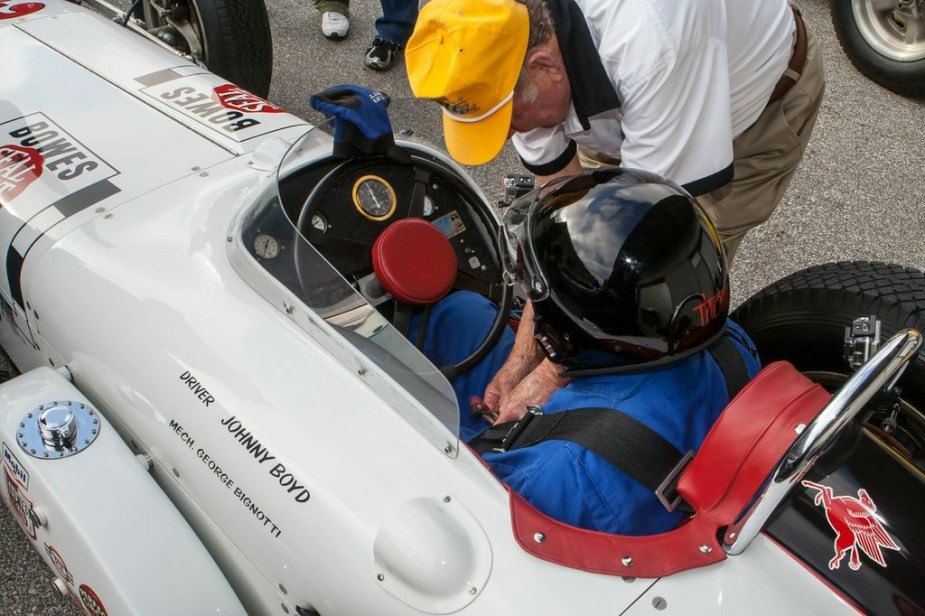
The roadster I drove, which I was able to pilot again a couple of years later, was built by another legend, Quinn Epperly. It came in 5th place in the 1959 Indy 500, driven by Johnny Boyd. It raced Indy again in 1960 and 1961. Since then, instead of racing, it had been sitting in the basement of a collector for decades. When he died, Akin purchased it.
Since I was going to be covering the race anyway, it was easy to drop my scribe duties to take a swing at driving this legendary car at the greatest race track in the world. We won’t get into the Indianapolis Speedway’s history. Google it if you’re interested.
Did I know what I was doing?
Bill warned me since the roadster had a high First gear, I needed a practice run. With a high first gear, the tendency is to stall. That’s a no-no, as all of the exhibition cars exit the garages like cattle through a single gate. It can cause major problems should it happen.
We scheduled a late Wednesday night at Bill’s hotel for me to test-drive the roadster. In the hotel’s parking lot. Which we didn’t begin to do until after 11:00 PM. Hey, it was Race Week, we were sure the hotel visitors would understand.
Anybody can do it
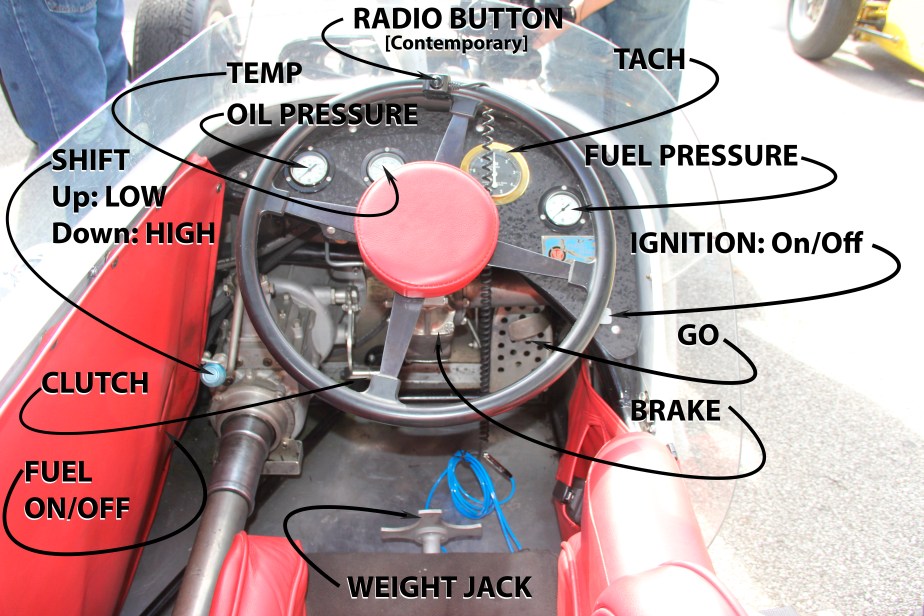
After the first attempt, in which I stalled, I figured that slipping the clutch in the extreme got the roadster up and running. Then, a few laps on Friday set me up for the exhibition run Saturday before the race. I was a pro. Not really.
Before the runs, we gathered at the garages behind the pits for the drivers’ meeting. We got the rundown from Speedway Museum officials overseeing the vintage exhibitions. The big deal was if any car puked coolant or oil, or worse-if you crashed, that would be the end of vintage exhibitions at the track. Not that day, but forever.
How much is this vintage Indy 500 roadster worth?
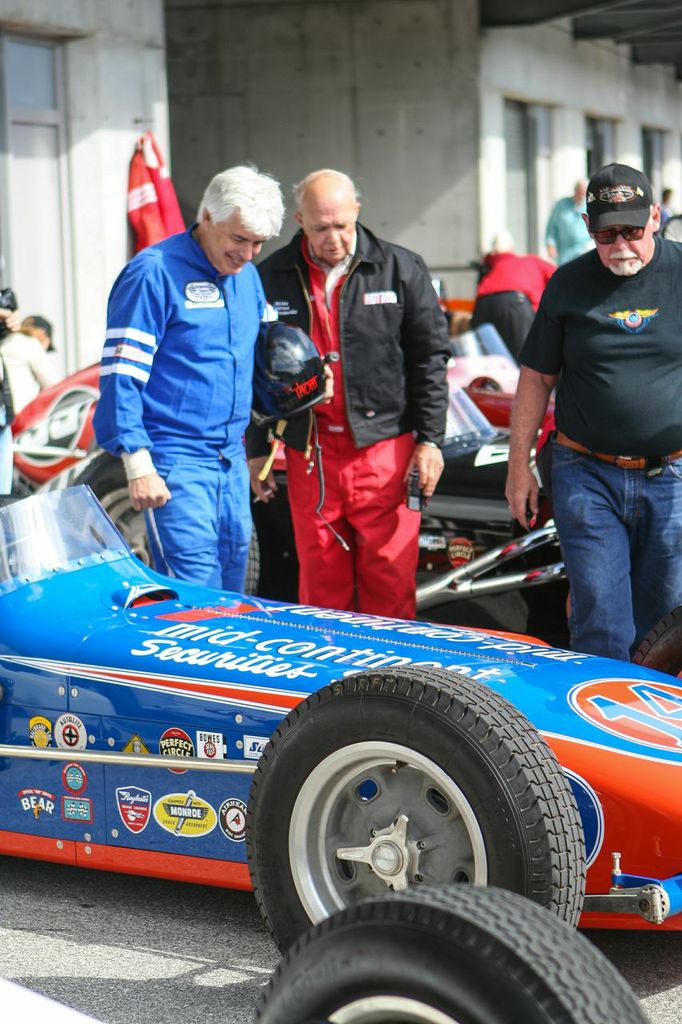
So, as a driver, you had to be aware of driving a vehicle that was worth almost a cool $1 million, not crash into oncoming vintage racecars or walls, and not make a fool of yourself while you did all of that. Selfishly, you also had to take in the experience of driving a historic Indy roadster and being on this incredible track.
We were being scrutinized by the Speedway Museum staff, track officials, and the many spectators in the stands. But all of this attention happened on the front straight. Once you got to the back straight, you could squeeze the trigger and get some decent speed. In my case, speeds in excess of my brain.
How fast was this 1959 Indycar?
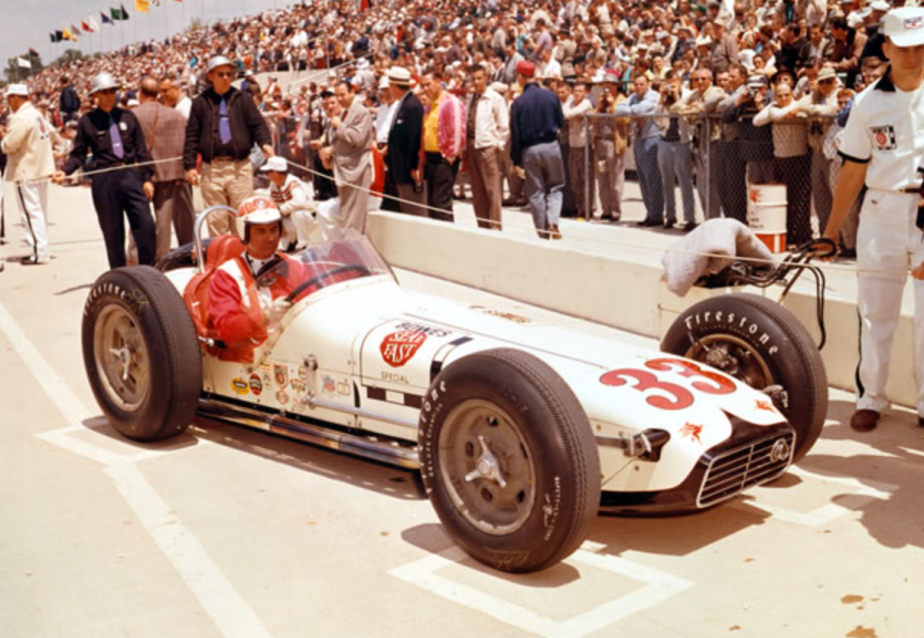
These Indycars cars don’t have speedometers. But my guess is that we got to above 100 mph on the front stretch. Average speeds in 1958 were around 145 mph. But these cars were capable of much more.
Bill Akin was a hot rodder first. Being the go-to guy to build the 255ci and 275ci Offy engines that these cars ran, I know he hopped up his own engines. Coming out of the back straight into Turn 3, I was too fast for my brain. I was probably doing 150 mph. But I slowed down enough to make it through the turn while I caught my breath. Luckily, I did not soil my driving suit.
How many times was this Indy roadster run?
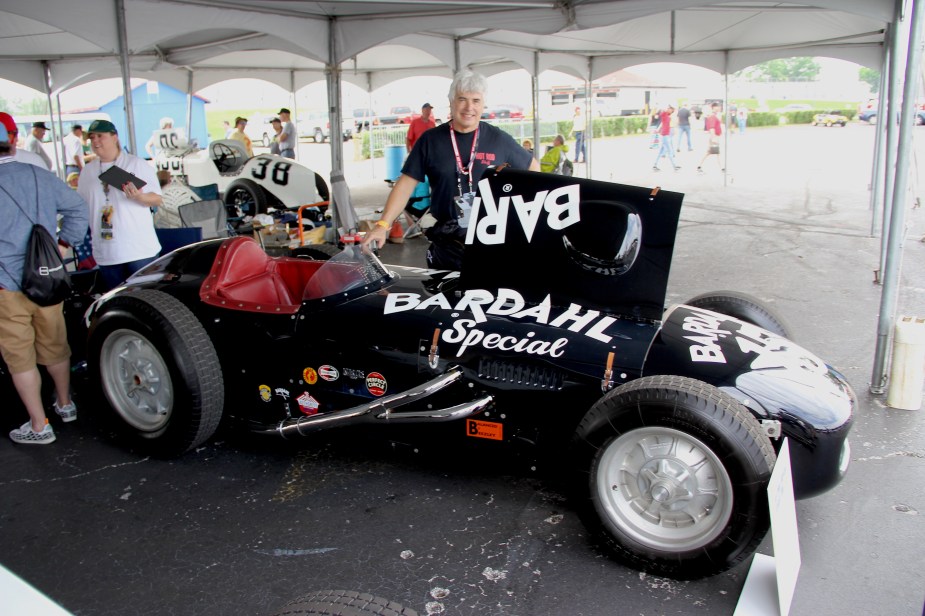
The whole lead-up and actual laps were shot with GoPros and a video crew, so we have included a video of my exploits. More happened, which you’ll see. Besides running this racecar around the Speedway on two separate occasions, I was able to do the same with Akin’s 15 Bardahl Special, which, driven by Jimmie Davies, finished 10th in 1954 and third in 1955.
That car was like driving a Cadillac compared to the Epperly roadster. But that’s another story for another time. Enjoy the vid.



